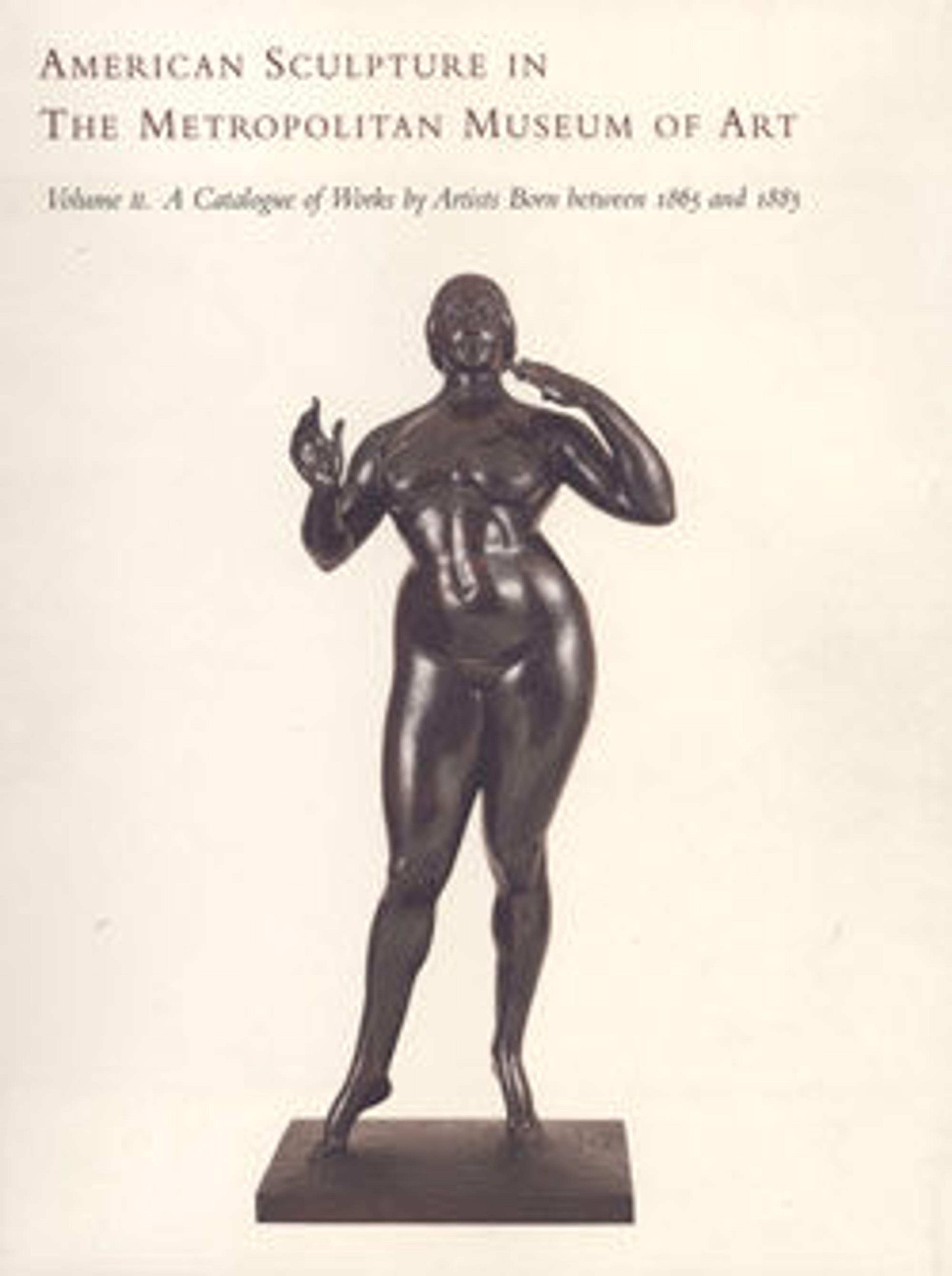Group of Bears
In 1932, Manship modeled three bears as individual figures for the Paul J. Rainey Memorial Gateway at the Bronx Zoo. In 1939, he regrouped the figures to face forward—the seated bear on the left, the standing bear in the center, and the walking bear on the right. This large Group of Bears was cast in 1964 and stood for over twenty years on the grounds of Manship’s house near Gloucester, Massachusetts. Like many of his animal sculptures, it is simplified in form, with just enough detail to capture the distinctive personalities of the three bears. The sculptor’s highly personal style evolved from his study of the art of preclassical Greece, medieval Europe, and Eastern Asia.
Artwork Details
- Title: Group of Bears
- Artist: Paul Manship (American, St. Paul, Minnesota 1885–1966 New York)
- Date: 1932; cast 1964
- Medium: Bronze
- Dimensions: 88 x 72 x 56 in. (223.5 x 182.9 x 142.2 cm)
- Classification: Sculpture
- Credit Line: Purchase, Sheila W. and Richard J. Schwartz Fund, in honor of Lewis I. Sharp, 1989
- Object Number: 1989.19
- Curatorial Department: Modern and Contemporary Art
Audio
813. Kids: Group of Bears
0:00
0:00
We're sorry, the transcript for this audio track is not available at this time. Please email info@metmuseum.org to request a transcript for this track.
More Artwork
Research Resources
The Met provides unparalleled resources for research and welcomes an international community of students and scholars. The Met's Open Access API is where creators and researchers can connect to the The Met collection. Open Access data and public domain images are available for unrestricted commercial and noncommercial use without permission or fee.
To request images under copyright and other restrictions, please use this Image Request form.
Feedback
We continue to research and examine historical and cultural context for objects in The Met collection. If you have comments or questions about this object record, please contact us using the form below. The Museum looks forward to receiving your comments.
